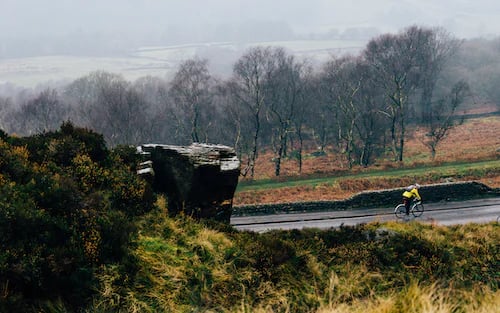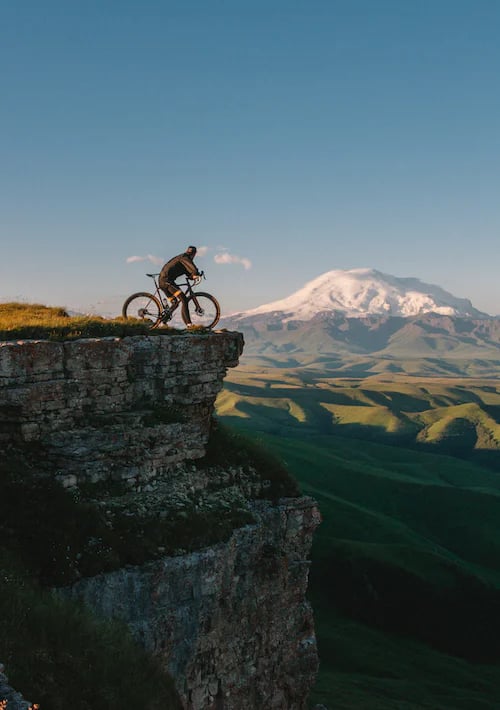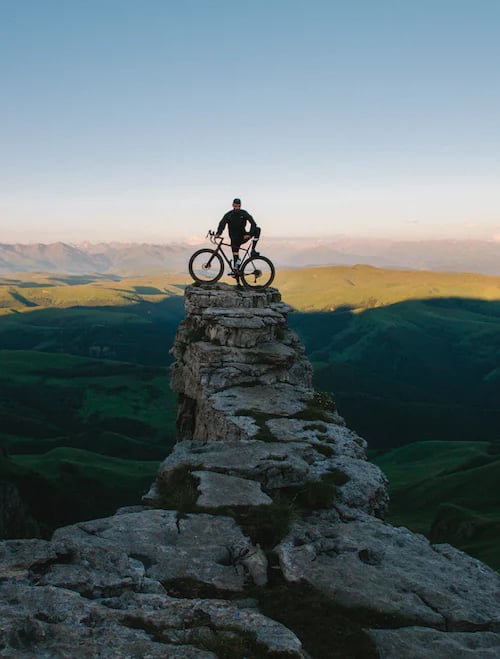Planning the journey is frequently the most challenging aspect of backpacking. Bikes, shoes, bags, wardrobe choices, and gear lists must all be made to prepare for the trip. Then there are the logistics of the trip, with route planning being the most problematic aspect. How to choose a route for a tour or bikepacking trip is covered in this article.

Why Are You Doing This?
This is simple to understand. Your ride will be more pleasurable and mentally attainable if you have the motivation for doing it. It is a terrific idea to use a tour to get from one place to another when you are already planning to travel there, and it is occasionally the simplest method to decide if you are having trouble deciding. Just keep in mind that one of the best methods to travel is by bicycle. Since you are traveling more slowly than a car, you can see more because you can cover a lot of ground. Additionally, you are more aware of your surroundings. On a bike, you can experience magnificent places that are forgettable in a car.
Can You Access Resources Consistently?
No matter if you'rbackpackingd tour or a wilderness backpacking adventure, you can only bring so much gear with you. The most typical necessity is water, which is difficult to transport. Food comes in second place. Are there any natural sources of water to filter in the location you plan to visit? Our group's journey included a sizable portion of travel in the desert, where lakes and rivers are scarce. To meet water needs, the route needed to travel through towns frequently enough. Allow your resource requirements to influence some of your route planning.


What is Your Level of Risk Tolerance?
You must choose your level of risk tolerance, or perhaps it would be more accurate to call it adventurousness. Some cyclists choose to embrace each day as it comes. Others must be aware of all that will happen next. There must be a balance between the two; the risk-taker should plan for safety and, if traveling with others, to make them more at ease.
Can You Be Flexible Once Something out of Your Plan?
The planner needs to get ready to be flexible. Recognize that unexpected events can happen to anyone. Planning for every possible variable is not possible. In either case, how daring you are will play a significant role in how you arrange your path. The internet provides a storehouse of information, but guidance is frequently based on data gathered from the public. An area's information will be scarcer the less frequently it is visited. Other risk considerations include things like cliffs, rock falls, and flood zones, as well as more tangible dangers like wildlife and predators, weather exposure, and exposure to the environment. Many of these risks can be reduced, but they should be taken into account while planning your trip.

